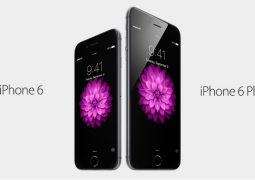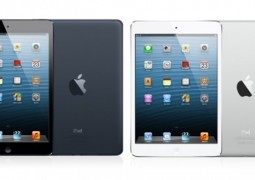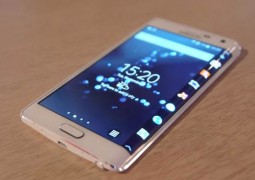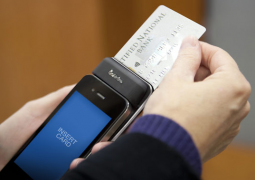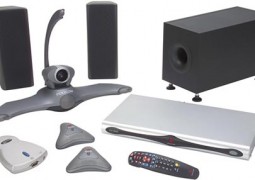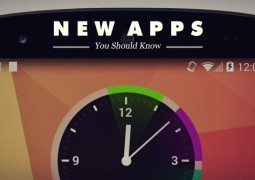What Apple Needs To Do For The Next iPhone
by 28 April, 2013 4:31 am0
Does the iPhone need a bigger screen? Their Android counterparts have gone a long way to attract new customers with their bigger screens. The iPhone 5 reportedly fell behind in that comparison. But frankly, an average user couldn’t care less about a slightly larger screen. It obviously enhances readability and gives a bigger canvas to work with. But do the users really care? Does bigger always mean better?
For one thing, Apple needs to focus on giving customers what they deserve rather than what they want. And frankly, the iPhone deserves a better keyboard.
The iOS keyboard is truly the most redundant piece of user interface. It’s an ancient artifact of a time long gone. Since the first iPhone way back in ’07, the keyboard has not undergone any major changes. At that time it may have been the revolution. It surely helped physical keyboard users to make the switch to touch screen typing.
Today touch screens are the norm in an industry which creates something new every day. Technologies for digital input are rapidly undergoing drastic changes. The time of the old QWERTTY is long past. The iPhone however, refuses to make the switch.
QWERTY keyboards were so designed in the early mechanical typewriter age. The letter layout was arranged this way to make sure that the typewriters metal legs don’t collide into each other while they stamped their respective letters on the inked ribbon. QWERTY was a foolproof solution to allow the machine sufficient room to maneuver.
The QWERTY format just kind of seeped into the digital age so far because it was the norm of typewriters. It is high time the keyboard layout is tweaked to allow user convenience. The keyboard API needs to be made public so that developers can come up with a more advanced method of inputting text.
The cream of virtual keyboards, on other makers is equipped with every possible development that would make typing a lot simpler. Word prediction, shakes the concept of systematic typing of each alphabet. The keyboard can be made to learn its user’s syntax and slang from previously typed text. It analyses your previous communications to predict your writing style and context of use with different individuals to better predict what you are about to type. Word prediction implies that composing quick e-mail responses is now just a matter of a few taps. You can pick out words by just typing a single letter of each word.
 The latest BlackBerry devices have kept the old motto of a physical keyboard. Their devices however, have a revolutionary way of handling typing as explained above. The BlackBerry keyboard is capable of parsing your entire message history for better word predictions.
The latest BlackBerry devices have kept the old motto of a physical keyboard. Their devices however, have a revolutionary way of handling typing as explained above. The BlackBerry keyboard is capable of parsing your entire message history for better word predictions.
Although, adding a flick gesture doesn’t really mean that the keyboard is undergoing a ‘revolution’ by any measure. The QWERTY layout and tap-to-type scheme of things is still the norm. On the other hand individual developers have come up with sensible innovations.
This calls for a mention of the Swype concept, where you simply swipe your finger over the screen to form words. Combine this with the flick gesture and you have an almost shorthand-like keyboard. There are many developments happening with regards to the keyboards, if Apple doesn’t take notice, soon their market share may silently diminish.


